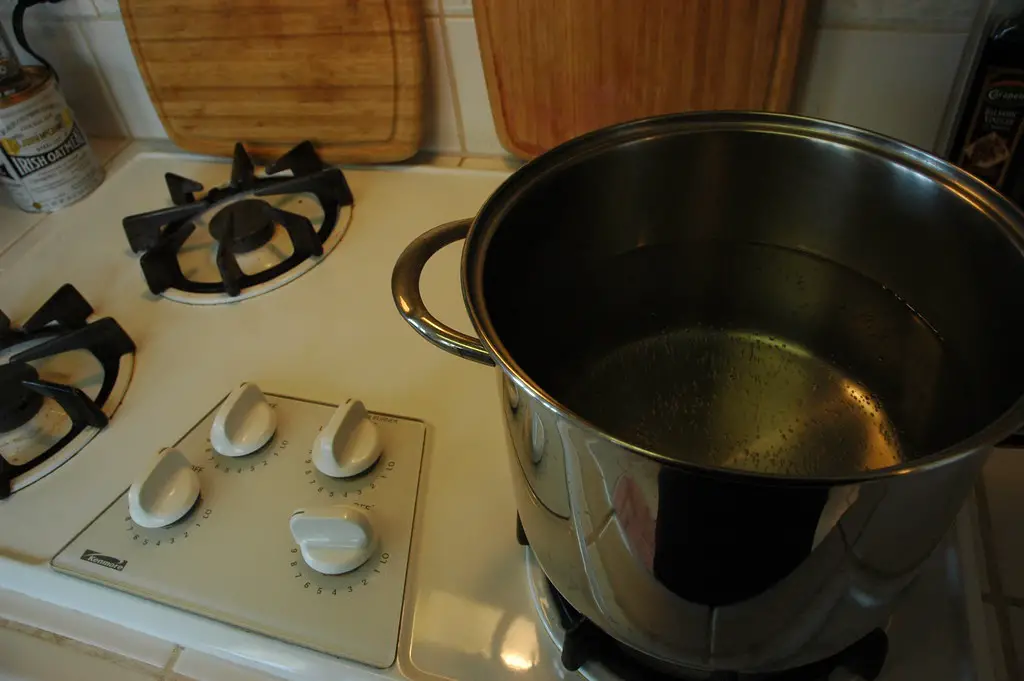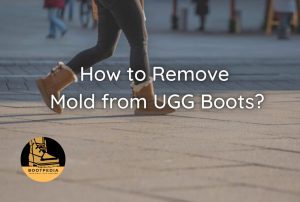The allure of leather is undeniable, with its timeless elegance and luxurious feel. Whether it’s a cherished handbag, a well-worn jacket, or a beloved piece of furniture, leather items can become an integral part of our lives.
However, when beeswax finds its way onto leather, it can pose a daunting challenge. The sticky residue and unsightly stains left behind by beeswax can quickly become a source of frustration for leather enthusiasts.
But fear not! In this comprehensive guide, we will unveil the secrets to effortlessly remove beeswax from leather, allowing you to restore your prized possessions to their former glory.
Say goodbye to the sticky situation and regain the pristine beauty of your leather items as we delve into the tried-and-tested methods and expert tips that will empower you to conquer the beeswax dilemma.
Get ready to embark on a journey of restoration and discover the transformative power of knowledge and skill in preserving the timeless allure of your cherished leather goods.
How to Remove Beeswax from Leather?
Let’s explore the 5 proven methods of how you can remove beeswax from leather effectively-
Method 1: Ice Cube Method

The ice cube method is a simple yet effective technique for removing beeswax from leather. It harnesses the power of cold temperature to harden the beeswax, making it easier to remove without causing any damage to the leather surface.
- Begin by placing an ice cube in a plastic bag. This helps prevent direct contact between the ice and the leather, minimizing the risk of water damage.
- Take the ice cube in the plastic bag and gently rub it over the beeswax-affected area of the leather. Apply slight pressure to ensure that the cold temperature penetrates the beeswax.
- Allow the ice cube to sit on the beeswax for a few minutes. The low temperature will cause the beeswax to harden and solidify.
- Once the beeswax has hardened, take a plastic scraper or a dull knife and carefully scrape off the hardened wax. Be gentle to avoid scratching or damaging the leather surface.
- After scraping off the majority of the beeswax, use a clean, soft cloth to wipe away any remaining residue. You can also use a leather cleaner or mild soap mixed with water to remove any stubborn remnants.
Related: Dr. Martens Wonder Balsam Alternatives: Best Options for Leather Care
Method 2: Warm Compress Method

The warm compress method is a technique used to remove beeswax from leather by applying heat to soften the wax and facilitate its removal. This method is particularly useful for larger areas affected by beeswax.
- Start by preparing a warm compress. Take a clean cloth and soak it in warm water. Make sure the water is not too hot to avoid damaging the leather.
- Wring out the excess water from the cloth, leaving it damp but not dripping wet.
- Place the warm, damp cloth directly over the beeswax-affected area of the leather. Ensure that the cloth covers the entire affected area.
- Leave the warm compress on the beeswax for a few minutes, allowing the heat to soften the wax. This will make it easier to remove.
- After a few minutes, remove the warm compress from the leather. Take a clean cloth or paper towel and gently wipe away the softened beeswax. You can use a circular motion to lift off the wax from the leather surface.
- If there are any remnants of beeswax left on the leather, repeat the process by applying the warm compress again and wiping away the softened wax.
Related: Gum Emergency? Learn How to Remove Gum from Leather Shoes Quickly
Method 3: Alcohol Method

The alcohol method is a technique that utilizes the solvent properties of alcohol to dissolve and remove beeswax from leather. Alcohol helps break down the wax, making it easier to wipe away and restore the leather’s surface.
- Take a clean cloth or cotton ball and dampen it with the alcohol. It’s essential to dampen the cloth rather than saturate it to avoid excessive moisture on the leather.
- Gently rub the alcohol-dampened cloth over the beeswax-affected area. Apply light pressure to allow the alcohol to penetrate the wax and break it down.
- Continue rubbing the area in a circular motion, focusing on the beeswax residue. The alcohol will gradually dissolve the wax, loosening its grip on the leather.
- Use a separate clean cloth or paper towel to wipe away the dissolved beeswax and alcohol residue. Repeat the process if necessary to ensure complete removal.
- Once the wax has been removed, use a mild soap mixed with water to clean the leather surface and remove any remaining alcohol residue. Ensure the cloth is slightly damp, not wet, to prevent water damage.
Method 4: Leather Cleaner Method

The leather cleaner method involves using a specialized leather cleaner to effectively remove beeswax from leather surfaces. Leather cleaners are specifically formulated to remove dirt, grime, and stains without causing harm to the leather material.
- Apply a small amount of the leather cleaner onto a clean, soft cloth or sponge. Make sure to dampen the cloth or sponge, rather than saturating it, to prevent excess moisture from damaging the leather.
- Gently rub the cloth or sponge in circular motions over the beeswax-affected area. This helps distribute the leather cleaner evenly and allows it to penetrate the wax residue.
- Continue working the leather cleaner into the beeswax-affected area, applying gentle pressure to loosen and lift the wax from the leather surface. Be patient and thorough, ensuring that the cleaner reaches all areas of the affected leather.
- Once the beeswax has been loosened and lifted, use a separate clean, damp cloth to wipe away the cleaner and dissolved wax residue. Make sure to remove all traces of the cleaner to avoid any potential damage to the leather.
- Allow the leather to air dry completely. Avoid exposing the leather to direct sunlight or heat sources during the drying process, as this can lead to damage or discoloration.
Method 5: Vinegar Solution Method

The vinegar solution method is a natural and effective way to remove beeswax from leather. Vinegar, known for its acidic properties, helps break down the wax and restore the leather’s surface without causing damage.
- Prepare a vinegar solution by mixing equal parts of distilled white vinegar and water. This diluted solution ensures that the acidity of the vinegar is not too strong and minimizes the risk of damaging the leather.
- Dampen a clean cloth with the vinegar solution. Make sure the cloth is not soaking wet but slightly damp.
- Gently rub the damp cloth over the beeswax-affected area of the leather. Apply light pressure to allow the vinegar solution to penetrate the wax and start breaking it down.
- Continue rubbing the area in circular motions, focusing on the beeswax residue. The vinegar’s acidity will gradually dissolve the wax, making it easier to remove.
- If necessary, you can use a soft-bristled brush or a toothbrush to gently scrub the area, ensuring that the vinegar solution reaches deep into the crevices of the leather.
- After loosening the wax, use a separate clean cloth or paper towel to wipe away the dissolved beeswax and vinegar residue. Repeat the process if needed to ensure complete removal.
- Once the wax has been removed, use a mild soap mixed with water to clean the leather surface and remove any remaining vinegar residue. Ensure the cloth is slightly damp, not wet, to prevent water damage.
- Finally, wipe the leather with a clean, dry cloth to remove any excess moisture and allow it to air dry naturally.
Related: Smoke-Free Feet: How to Get Smoke Smell Out of Leather Shoes
Prevention and Maintenance Tips
To minimize the accumulation of beeswax on leather and maintain its pristine condition, consider the following prevention and maintenance tips:
- Keep leather items away from direct sunlight and heat sources.
- Avoid exposing leather to excessive moisture or humidity.
- Regularly dust and wipe leather surfaces with a clean, dry cloth.
- Apply a protective leather cream or wax to create a barrier against beeswax.
- Store leather items in a cool, dry place with proper ventilation.
- Use leather-specific cleaning and conditioning products for routine maintenance.
Frequently Asked Questions (FAQs)
- Can I use a hairdryer to remove beeswax from leather?
While a hairdryer can help soften the beeswax, it is not recommended as excessive heat can damage the leather. Stick to the methods outlined in this article for safe and effective removal.
- Will removing beeswax from leather affect its waterproofing abilities?
Removing beeswax will temporarily reduce the waterproofing abilities of the leather. To restore the water repellency, consider applying a leather waterproofing product after the removal process.
- Can I use a regular cleaner or solvent to remove beeswax from leather?
It is not advisable to use regular household cleaners or solvents, as they may contain harsh chemicals that can damage the leather. Stick to the methods mentioned in this article or consult a professional leather cleaner for assistance.
- Are these methods suitable for all types of leather?
The methods mentioned in this article are generally safe for most types of leather. However, it’s always recommended to test any cleaning method or product on a small, inconspicuous area of the leather first to ensure compatibility.
- How often should I clean and condition my leather items?
Cleaning and conditioning frequency depends on the usage and exposure of your leather items. As a general guideline, aim to clean and condition your leather goods every three to six months or as needed.
Conclusion
Removing beeswax from leather can be a delicate process, but with the right techniques, you can effectively eliminate beeswax stains without compromising the quality of your leather items. Remember to use the methods outlined in this article, such as using warm water or a vinegar solution, and follow the instructions carefully. By doing so, you can maintain the beauty and longevity of your leather goods.


